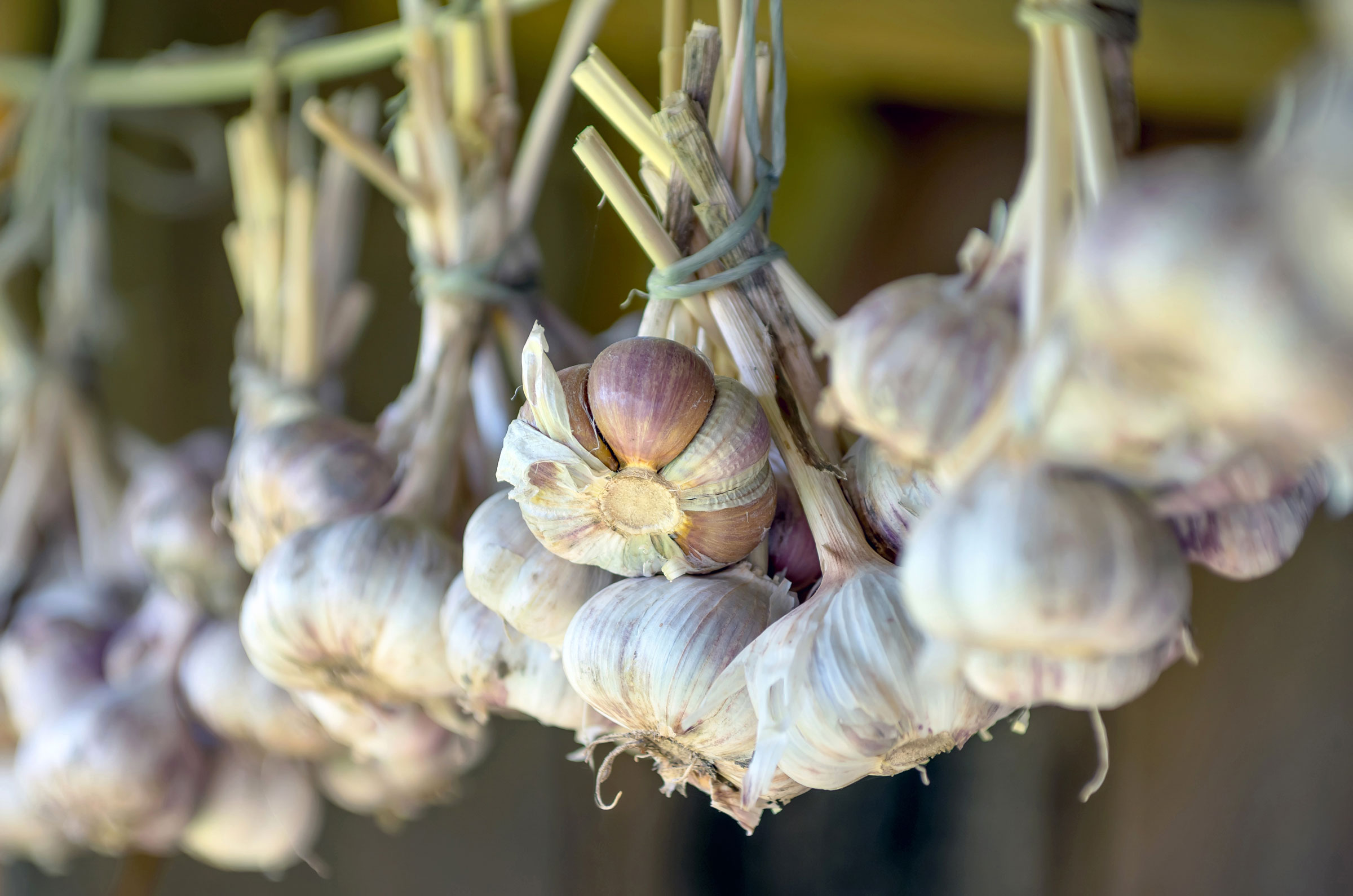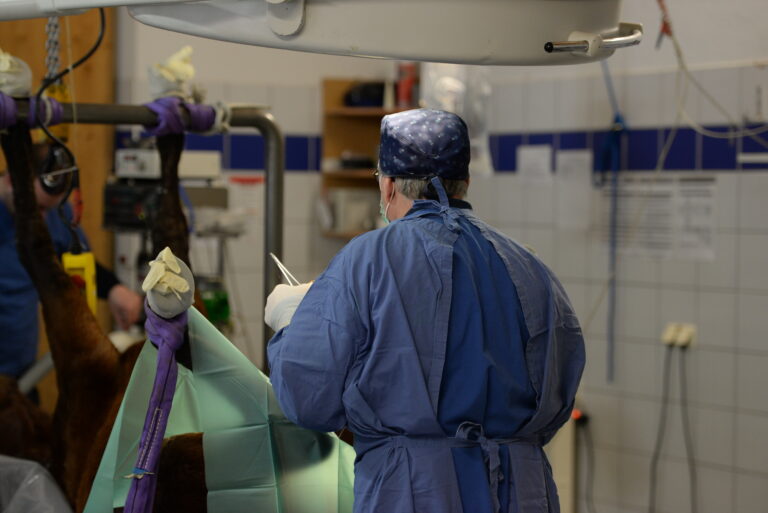
Multi-drug resistance along with the lack of developing new antimicrobials is posing an increasing challenge on management of microbial infections, particularly those that produce biofilms that limit antibiotic penetration. It is reported that eradication of biofilms requires 100-1,000 times higher antibiotic concentration than when dealing with non-biofilm-producing bacterial infections.
A recent study at the University of Warwick has evaluated a 1,000-year old herbal remedy noted in a 10th century Old English medical compendium. The remedy is called “Bald’s eye salve” and it consists of equal parts of onion and garlic, and equal parts of dry white wine and bovine bile salts [Furner-Pardoe, J.; Anonye, B.O.; Cain, R.; et al. Anti-biofilm efficacy of a medieval treatment for bacterial infection requires the combination of multiple ingredients. Scientific Reports July 2020; https://doi.org/10.1038/s41598-020-69273-8].
The study identified antibacterial activity of this “ancientbiotic” against specific soft tissue wound pathogens—Acinetobacter baumannii, Stenotrophomonas maltophilia, Staphylococcus aureus, Staphylococcus epidermidis and Streptococcus pyogenes.
When tested against MRSA-infected (methicillin-resistant Staph aureus), Bald’s eye salve achieved 90% bacterial kill with comparable efficacy to vancomycin. The medication did not cause much damage to human cells in the lab or to mice when tried on a number of problematic bacteria.
The modern version of the remedy chops and crushes onion and garlic ingredients together and brews them with wine and bile salts. This is then stored in sterilized glass bottles at around 39 degrees Fahrenheit in the dark for nine days. Once strained, the components are centrifuged to obtain a supernatant that is then filtered and stored as before.
The combination of all the ingredients is necessary to achieve synergistic and full antimicrobial activity. For example, garlic (allicin) has no activity against biofilms, but when combined with the other ingredients, it is helpful in achieving efficacious results. Wine with its ethanol content and low pH might function as an extraction solvent and/or allow better diffusion through biofilms.
The authors stated: “No preparation that omitted any one ingredient possessed full activity in the biofilm assay. Anti-biofilm activity is contingent on the presence of all four ingredients.”
The studies were in vitro and used “topically” on bacterial culture. The research analyzed the herbal remedy as an intended topical treatment for wounds, similar to how it was used historically in medieval times when it was called a “salve.”
The idea of this research is to open the door to a “new” way of treating bacterial infection in wounds since so much resistance is building to our current antimicrobials.








